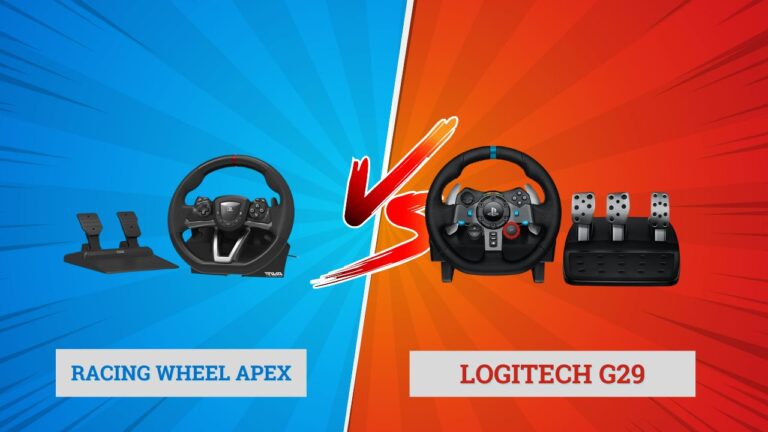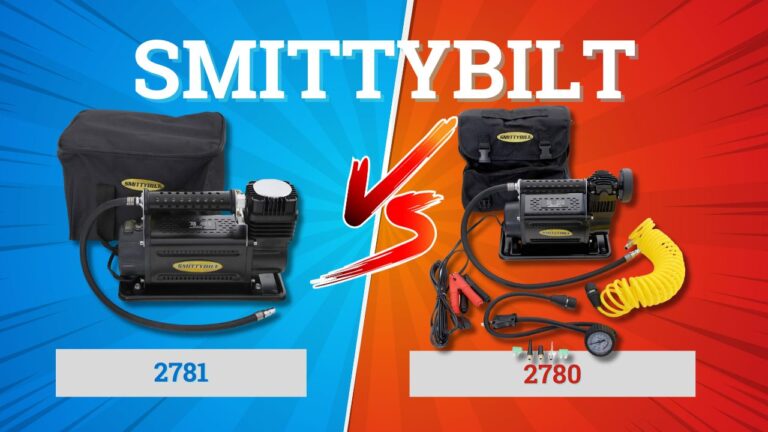As technology continues to advance, the demand for portable electronic devices with long-lasting batteries has increased significantly. Rechargeable batteries are an essential component of these devices, and choosing the right battery can greatly impact the performance and longevity of the device.
The 18650 and 20700 batteries are two popular options in the market, each with their own unique set of features and specifications. While 18650 batteries have been widely used for many years, 20700 batteries are relatively new and have gained popularity due to their higher capacity and discharge rate.
In this article, we will delve into the details of each battery type and compare their features and specifications to help you make an informed decision when choosing between the two. By understanding the differences and similarities between 18650 and 20700 batteries, you can select the best battery option for your device and ensure that it operates efficiently and effectively.
What are 18650 batteries?
18650 batteries are cylindrical rechargeable batteries that measure 18mm in diameter and 65mm in length, hence the name “18650”. These batteries are commonly used in electronic devices that require a high level of power, such as flashlights and laptops. 18650 batteries are popular due to their high energy density, which means they can store a large amount of energy in a small package.
One of the main advantages of 18650 batteries is their availability. These batteries are widely used and readily available in the market, making them easy to find and replace. Moreover, 18650 batteries have a long lifespan and can be recharged up to 500 times, which makes them a cost-effective option in the long run.
What are 20700 batteries?
20700 batteries are another type of cylindrical rechargeable battery that measures 20mm in diameter and 70mm in length, hence the name “20700”. These batteries are relatively new in the market and are gaining popularity due to their higher capacity and discharge rate compared to 18650 batteries.
20700 batteries are commonly used in electronic devices that require high power output such as electric vehicles, power tools, and vaping devices. The higher capacity and discharge rate of 20700 batteries allow these devices to operate for a longer time and at a higher performance level.
Check also – 18650 vs AAA Batteries: What are the Differences?
Differences between 18650 and 20700 batteries
Capacity: One of the main differences between 18650 and 20700 batteries is their capacity. 20700 batteries have a higher capacity than 18650 batteries, which means they can store more energy and last longer. The capacity of an 18650 battery is typically around 3000mAh, while a 20700 battery can have a capacity of up to 4000mAh.
Discharge rate: The discharge rate of a battery refers to the amount of power that can be released from the battery at a given time. 20700 batteries have a higher discharge rate than 18650 batteries, which means they can release more power at a faster rate. This makes 20700 batteries suitable for high-performance devices that require a lot of power, such as power tools and electric vehicles.
Size
20700 batteries are slightly larger than 18650 batteries, which means they may not fit in devices designed for 18650 batteries. However, this larger size also allows 20700 batteries to have a higher capacity and discharge rate.
Availability
18650 batteries are more widely used and available in the market, making them easier to find and replace compared to 20700 batteries.
Cost
The cost of 20700 batteries is generally higher than 18650 batteries due to their higher capacity and discharge rate. However, this cost may be offset by the longer lifespan and higher performance of 20700 batteries.
Conclusion
In summary, 18650 batteries are a reliable and cost-effective option for many electronic devices, while 20700 batteries offer higher capacity and discharge rate, making them suitable for high-performance devices that require a lot of power. The choice between these two batteries depends on the specific needs of the device and its performance requirements. When choosing between these batteries, it’s important to consider factors such as capacity, discharge rate, size, availability, and cost.




